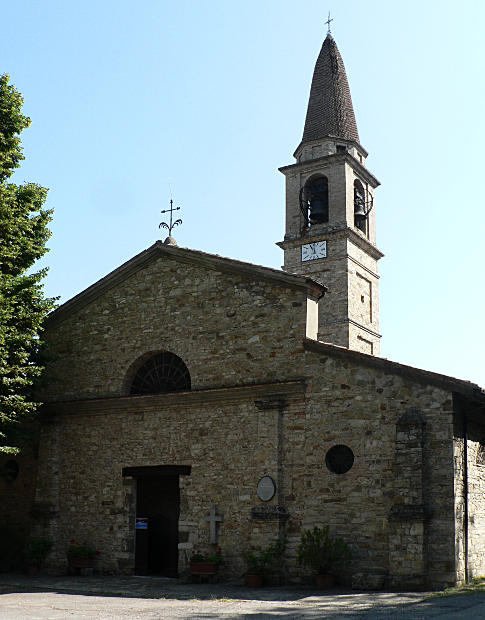 borgo-italiaspecial report |


|
|
| roman Veleia (Lugagnano Val d'Arda (PC) - Emilia Romagna) |
| text by: borgo-italia [only desktop] - photo by: gianni |


























Il mio sito utilizza cookie di terze parti. Se vuoi saperne di piu', leggi qui. Per utilizzare i servizi č necessario acconsentire all'utilizzo.
 borgo-italiaspecial report |


|
|
| roman Veleia (Lugagnano Val d'Arda (PC) - Emilia Romagna) |
| text by: borgo-italia [only desktop] - photo by: gianni |



























|
|
|||||||||||||||||||||||||||||||
roman Veleia |
|||||||||||||||||||||||||||||||
|
Named the “Pompeii of northern Italy” by some expert, it is in the Chiero valley at 841 ft above sea level, it can be considered one of the most important archaeological areas in Emilia Romagna, still subject to improvement studies and renovations. |
|||||||||||||||||||||||||||||||
|
|||||||||||||||||||||||||||||||
A short history: To know more: |
|||||||||||||||||||||||||||||||
|
text by: borgo-italia [only desktop] photo by: gianni EMILIA 3 - release date: 2013-08-01 |
|||||||||||||||||||||||||||||||